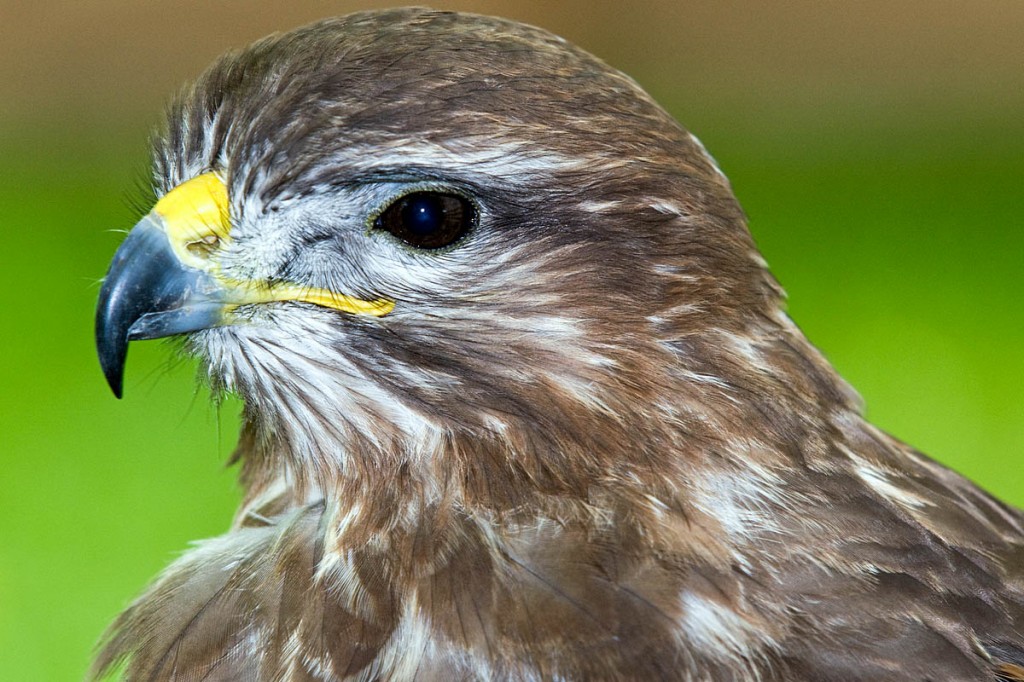A study of birds of prey in Scotland has found that, while some species are recovering from low numbers, kestrels are becoming rarer north of the border.
Scottish Natural Heritage, Holyrood’s advisory body on the outdoors, said kestrels are becoming scarce in many parts of Scotland.
The figures were revealed following a study of 13 raptor species.
SNH said certain birds of prey, such as goshawks, buzzards and sparrowhawks, have shown signs of recovery over the past seven years from lows in the past, due to efforts to combat persecution, habitat loss and pesticides.
But not all birds of prey have increased and some declines have been stark. Numbers of kestrels, a once common and widespread breeding bird, have declined.
Gordon Riddle of the Scottish Raptor Study Group, one of the organisations that took part in gathering the data, said: “We’re unsure exactly why kestrels have declined.
“Recent harsh winters may have led to a high mortality, but even before then kestrels were declining. It’s likely that these changes are due to a combination of factors, including habitat changes with the loss of rough grassland foraging areas and prey availability.
“Secondary poisoning due to rodenticides and the impact of competition and predation from the recovering raptor populations on kestrels may also be factors. A group led by the [Royal Society for the Protection of Birds] is currently analysing the situation.
“Although the level of monitoring has improved, there is still a great need for more coverage of this species.”
The report was written by the British Trust for Ornithology Scotland, RSPB Scotland and Haworth Conservation, funded by Scottish Natural Heritage. The data used in the report is mainly that held by the Scottish Raptor Monitoring Scheme, collected by volunteers largely from the Scottish Raptor Study Group.
Amy Challis, the Scottish Raptor Monitoring coordinator, said: “This report paves the way for us to gain a greater understanding of the health of raptor populations in Scotland.
“The existing dedicated raptor monitoring volunteers have already provided a wealth of information, and it is now a priority for the Scottish Raptor Monitoring Scheme to build on their work.
“In light of the findings from this report, we will look at how we can enhance monitoring for, in particular, some of the less rare raptor species, such as kestrels, sparrowhawks and owls.”
The Scottish Raptor Monitoring Scheme is a partnership of eight organisations: Joint Nature Conservation Committee, RSPB Scotland, SNH, BTO Scotland, SRSG, Rare Breeding Bird Panel, Scottish Ornithologists Club and Forestry Commission Scotland.
The full report can be seen on the SNH website.

Dave T
12 March 2015Find that suprising as here in Durham/North Yorkshire Kestrels are very common.Surely there is more rough grassland in Scotland.